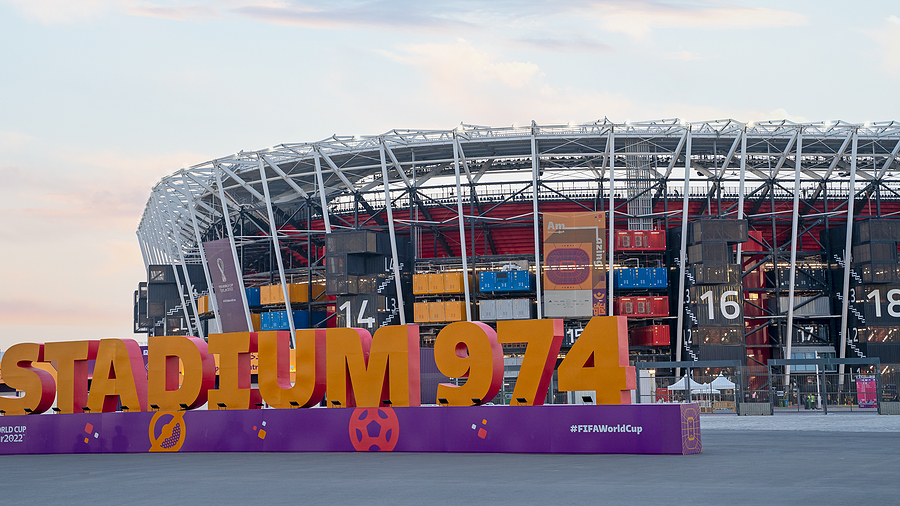One of the most ambitious shipping container conversions in history has closed its doors for the last time, with the future of its 974 containers and the entire infrastructure they hold within them as yet uncertain.
The fate of Stadium 974 is currently far more uncertain with the conclusion of its role at the 2022 FIFA World Cup in Qatar than it was going into the tournament, and whilst it has only hosted 11 matches in total, including seven at the World Cup itself, it was intended to have a lasting legacy but not leave one.
With the final whistle having been blown on Brazil’s 4-1 victory over South Korea, its legacy as the first temporary FIFA World Cup stadium ever has been assured even if its future elsewhere has not.
Why A Shipping Container Stadium?
Over the past few decades, there has been growing debate and concern about the architectural
legacy of many large-scale sporting events, with the gigantic and often incredibly expensive purpose-built stadiums often lying abandoned and dormant at the event’s conclusion.
Whilst questions about the cost and value of these facilities have been asked for decades, the first major modern discussion came after the 2004 Olympic Games in Athens. With so many contest venues left abandoned, it was believed that the wasteful spending led to a financial crisis in Greece.
Whilst this belief is contested, not least because a lot of the venues from the 2004 games are still being used, this debate was intensified in 2010 with the World Cup in South Africa.
The Cape Town Stadium, for example, despite costing over £500m to build, has only hosted occasional concerts and rugby events, being described as a white elephant that cost millions just to maintain.
Similarly, the Moses Mabhida Stadium in Durban has apparently never made a profit since its construction in 2010.
It was even worse in 2016 when in the wake of a major financial crisis and amid political and social upheaval, Brazil hosted the 2014 World Cup and 2016 Olympic games.
The Arena Da Amazonia in Manaus allegedly made less than £150,000 per quarter, less than a third of the £500,000 it cost just to operate. The Arena das Dunas was used for just four matches and largely lays abandoned, and the flagship Estadio Nacional de Brasilia Mane Garrincha primarily serves as a car park for buses.
Because so many major pieces of infrastructure were being abandoned even in countries with large sporting traditions such as Brazil and South Africa, serious concerns were raised about the stadium facilities that were being built for Qatar, a much smaller country than the previous two.
One of the solutions involved using recycled shipping containers not only to send across the seats, struts and vital components needed to build a stadium but to form the primary superstructure for the stadium itself.
It could be assembled, akin to the world’s largest piece of flatpack furniture, have 11 games played in it and then could be easily disassembled and reused in the future when a World Cup bid needs an extra stadium.
The former part worked very well except for lacking air conditioning in Qatar’s harsh heat, but the latter has become unclear, with the belief that it will be sent either to Africa or Uruguay as part of the latter’s bid to host the 2030 World Cup.
As long as it is reused again, its legacy is assured.

